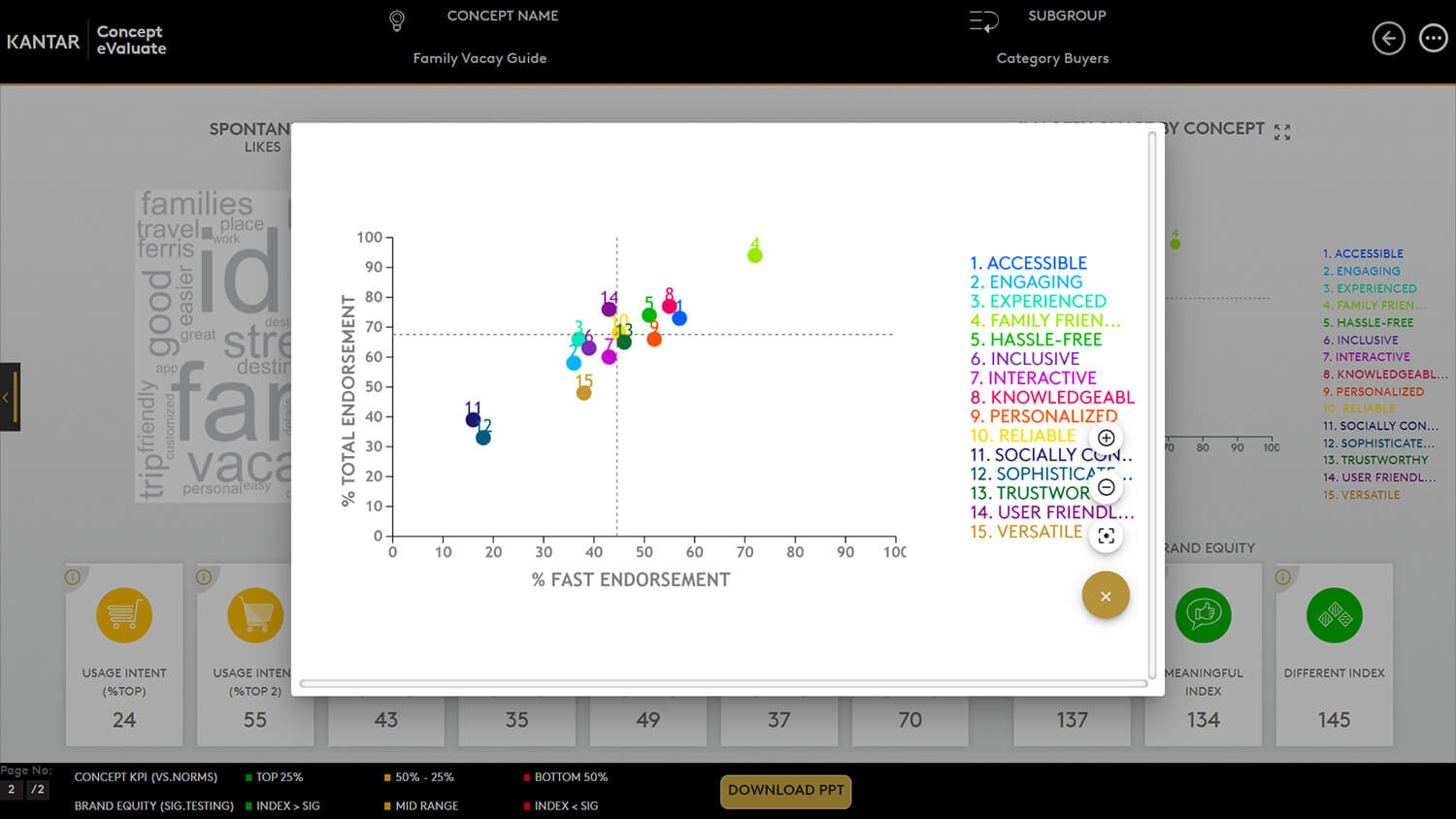The rise of consumer power is unstoppable. Globalisation brought more choice, the internet brought informed choice, and now the ubiquity of social media gives consumers the power not only to affect their own choices, but also the choices of others. The impact of AI is unfolding in front of our eyes, and it seems likely it will be profound. All this change has had a big effect on innovators, with the best adapting to better serve their customers.
More and more businesses are embracing the power of consumer feedback for developing superior products and services. Fast-moving consumer goods (FMCG) brands have been ahead of the curve in consumer-centric product development. But in many other categories, brands have traditionally focussed their development processes internally, often with less conscious reflection on consumers’ wants and needs, resulting in disappointing commercial results. Take BlackBerry, for example. Their much-publicized collapse was complex, but ultimately came down to not giving consumers the smartphones they wanted until after irreparable damage had been done to their brand and business.
To innovate successfully, focus outward, not inward
It isn’t always easy to make the shift towards consumer-centred innovation. Many traditional approaches to consumer innovation testing are geared towards FMCG. In categories like travel, finance, publishing, technology, and others, innovators have had to choose between shoehorning their innovations into testing tools that don’t really fit the way they do business or creating custom approaches, which can be more time consuming.
To get high-quality insights, it’s essential you pick a tool that is both agile and flexible enough to mirror real-world behaviour in the category. Sometimes your innovation may not fit neatly into the product or service buckets. For instance, is Uber a product or a service? Both? The tool you choose should be adaptable enough to deal with this kind of ambiguity too. Case in point: recent tests using ConceptEvaluate on Kantar Marketplace have included everything from assessments of gamers’ interest in downloading new apps to a travel brand trying to understand the potential of a new booking platform. Speed of insights is essential in innovation, but it doesn’t have to come at the cost of settling for a test that doesn’t accurately capture human behaviour.
Carving out your brand’s meaningful difference
What does people-centric innovation actual entail? The innovations that resonate most with people are the ones that do two things: firstly, they must be meaningful by clearly delivering on customers’ rational and emotional needs. Innovations that do both will help to build a clear and consistent connection with people. Secondly, impactful innovation should be perceived as different by consumers. This is the extent to which the innovation makes the brand appear to be offering something that others don’t and positions the brand as leading the way. Working in combination, these two factors are essential for building robust, high-growth brands, as evidenced by Kantar BrandZ global brand valuation.
This people-centric approach proved invaluable to an Australian finance company when building a product roadmap to drive brand growth. Using the brand equity measurement approach that is now optionally available across the Kantar Marketplace innovation portfolio, the client was able to quickly test a range of product concepts and identify those that would be most likely to ladder up to master brand growth.
In the words of the client, the “work was fundamental for our brand communications architecture, enabling us to determine the role of products in our portfolio in driving our overall brand power. The outcomes weren’t always expected, further demonstrating how useful the research was in providing greater clarity and guidance for us in a time where we all need as much insight as possible.”
Don’t just ask people what they think, understand what they feel
Asking people what they think about your brand is important, but the most powerful insights combine what people think with what they feel. This deeper insight can be captured using a neuroscience inspired approach in innovation testing. By understanding the brand associations that a particular idea, concept or pack drives, together with how quickly a person makes that decision, you get a powerful combination of explicit and implicit insight.

This approach gives a whole new layer of understanding to help you enhance your innovations. Going back to the example of the travel company testing a new booking platform, one of the concepts tested was for booking family holidays. Using the optional intuitive associations module now available on ConceptEvaluate, the concept was intuitively perceived as family-friendly but the important brand image association of user-friendliness required more thought. This insight will be exceptionally impactful in the next stage of development but could not have been so easily obtained with standard approaches.
If you would like to find out more about how to win by keeping people and brand at the heart of your innovation development process, book a demo of Kantar Marketplace today.


